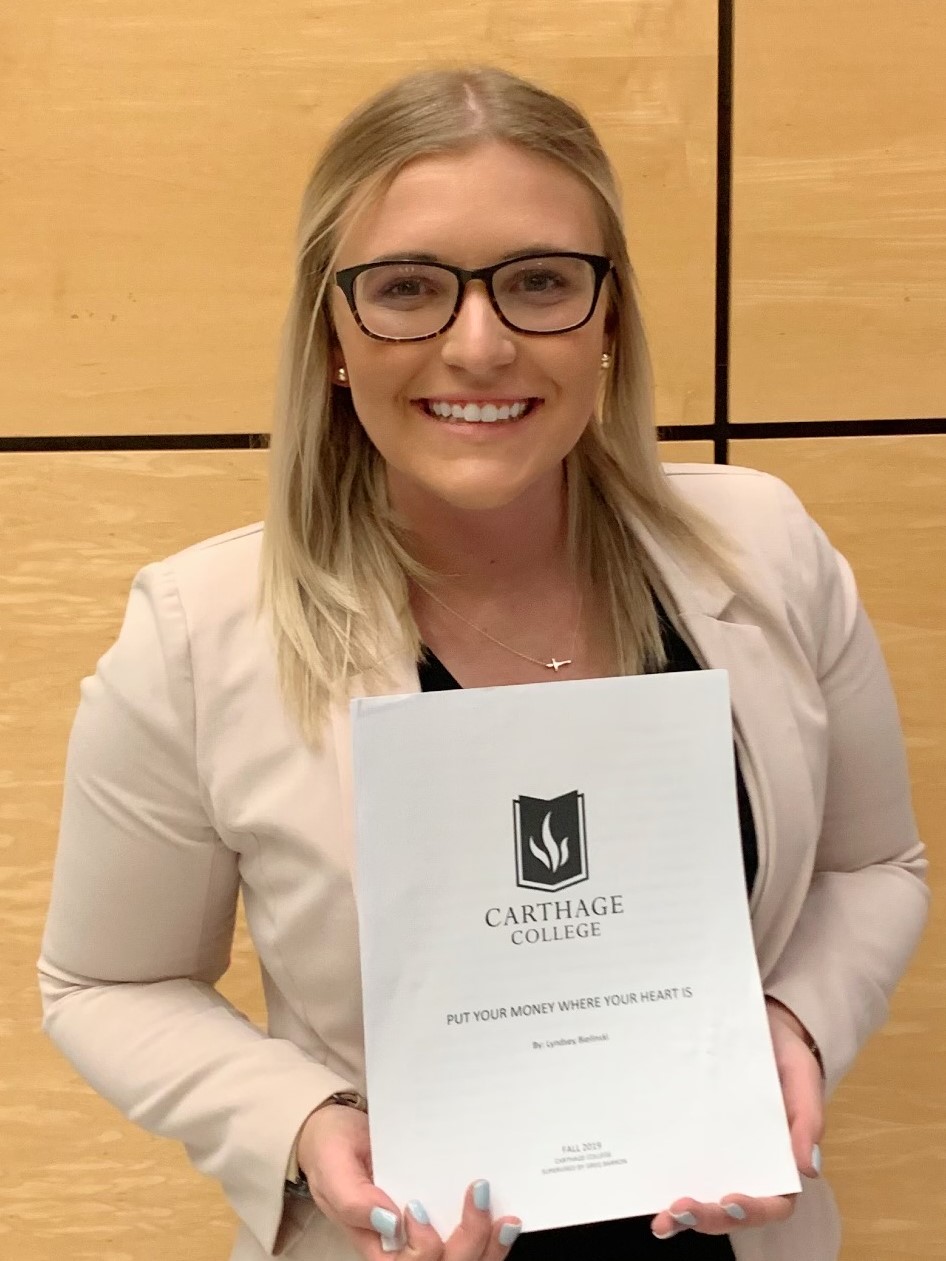Celebration of Scholars
Put Your Money Where Your Heart Is

Major: Marketing
Hometown: Denmark
Faculty Sponsor:
Other Sponsors:
Type of research: Senior thesis
Abstract
Over the
course of the past 12 years since the term “impact investing” was coined by the
Rockefeller Foundation, we have seen the investment industry experience the
rising trend of impact investing. The Global Impact Investing Network (GIIN)
defines impact investing as, “investments made with the intention to generate
positive, measurable social and environmental impact alongside a financial
return”, and this trend is hitting headlines as the newest craze for investors.
Impact investing’s objective is highly correlated with younger generations,
Millennials and Gen Z, as they are the driving change for this shift from
traditional to sustainable investments as they align directly with their morals
and values. These generations strive to make philanthropic decisions that align with their values
across all aspects of their lives; from their jobs, to volunteer work, and now,
investing.
As impact investments have hit the market as a new way to put money
towards the causes and initiatives that mean most to investors, there are two
main barriers that the trend is continually running into. The first, is outdated preconceptions
that sustainable portfolios underperform in terms of returns, compared to
traditional investments. The second, is the inconsistency of reporting and
standards currently in place for the sustainable investment trend.
Sustainable
investing has the opportunity to make measurable impact on the problems our
world faces today, both in terms of climate issues and social issues.
Businesses have the opportunity to break the barrier and make measurable impact
on these issues at hand, specifically through the idea of impact investing.
Businesses have two options: to wait until more research is done, or to act now
and emerge as a leader. Should they choose the latter and act now, they will
have a competitive advantage over their peers and, therefore, be an attractive
leader as an impact investment.
Submit date: March 6, 2020, 10:07 a.m.
